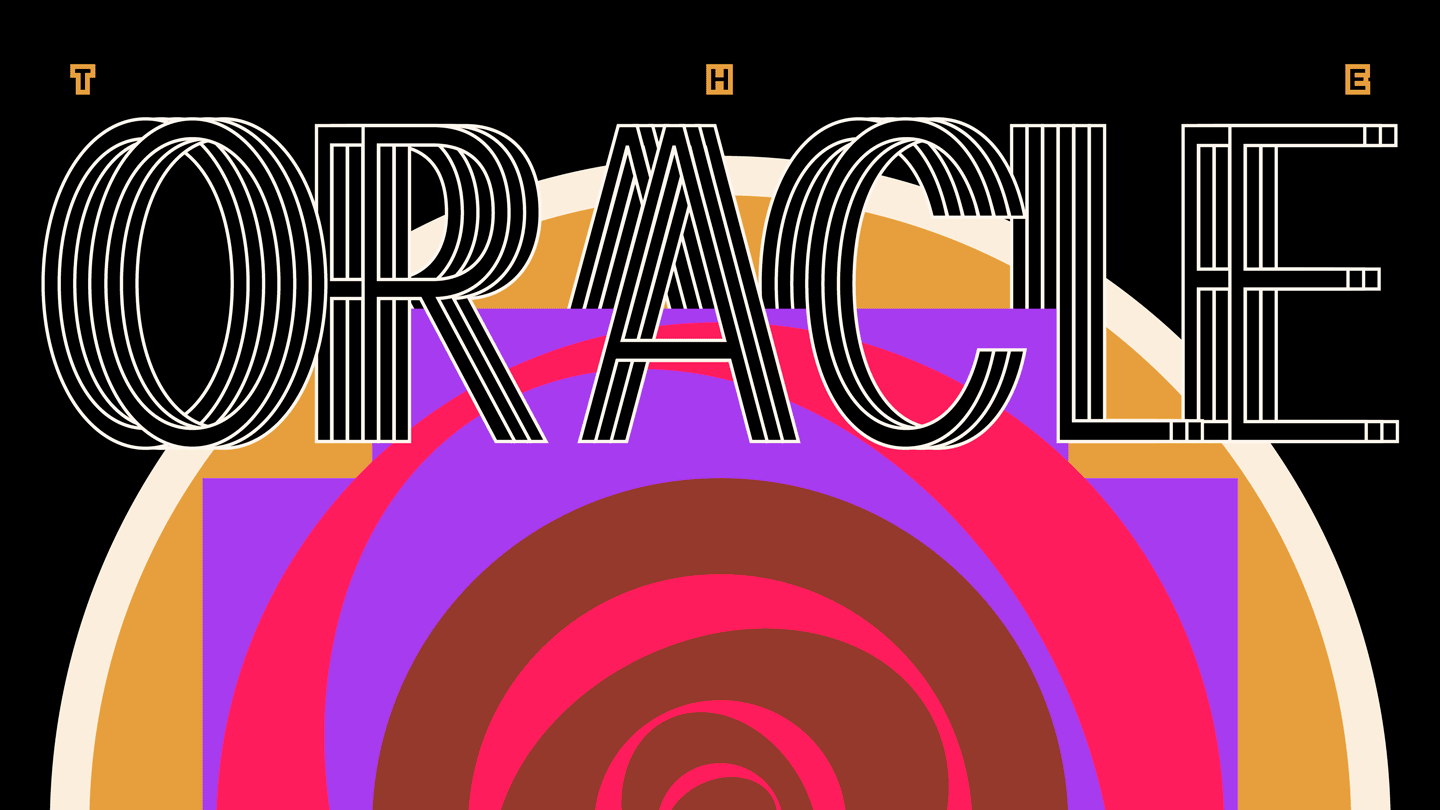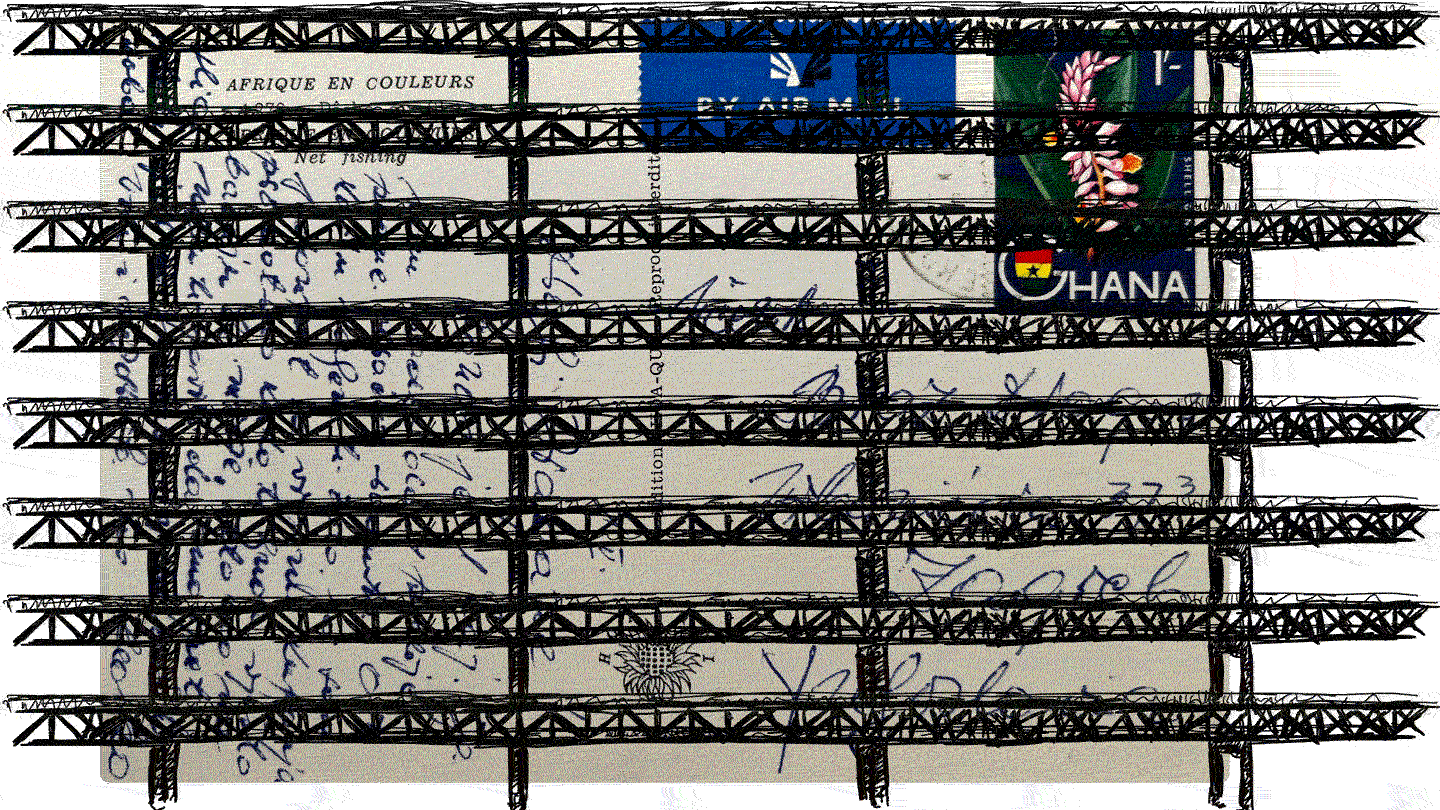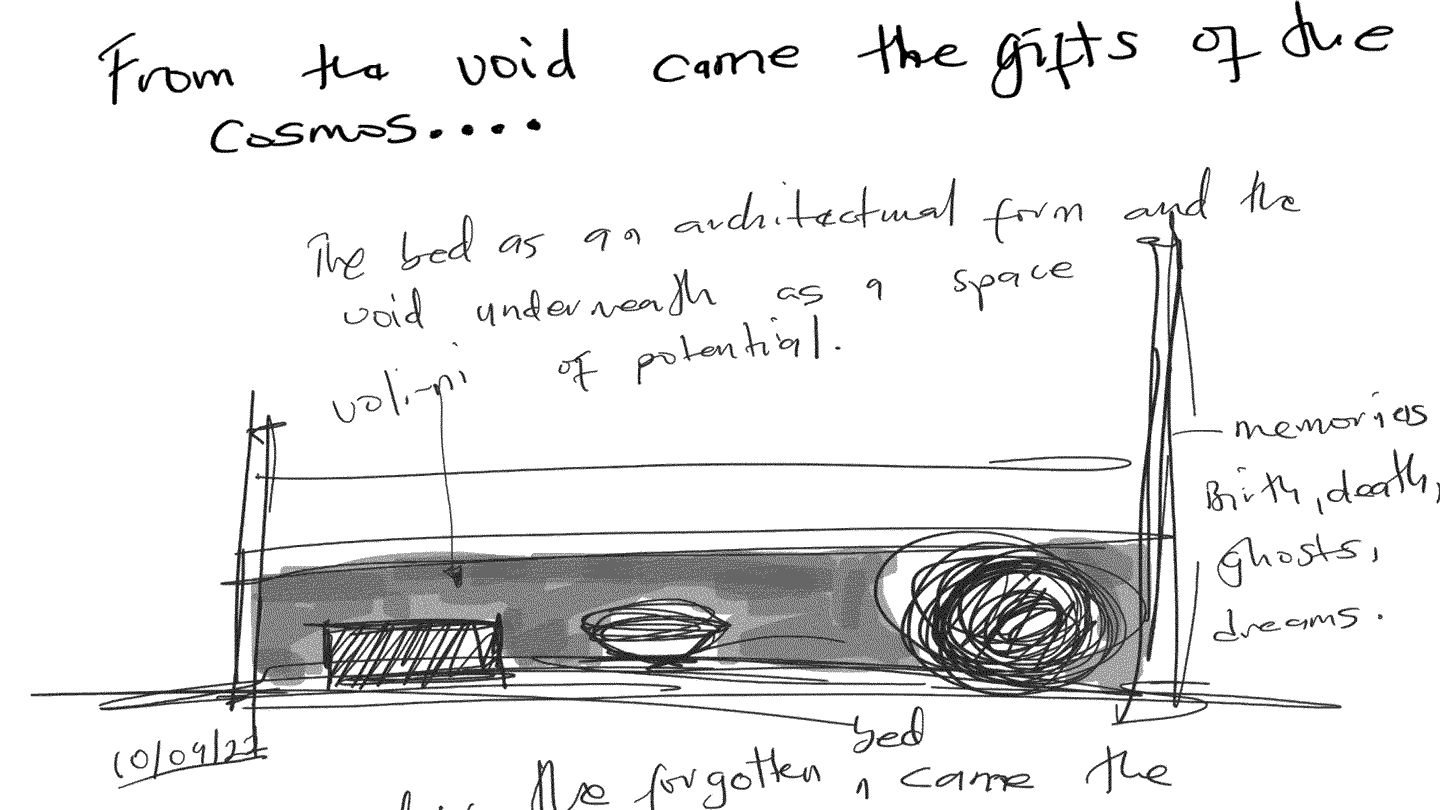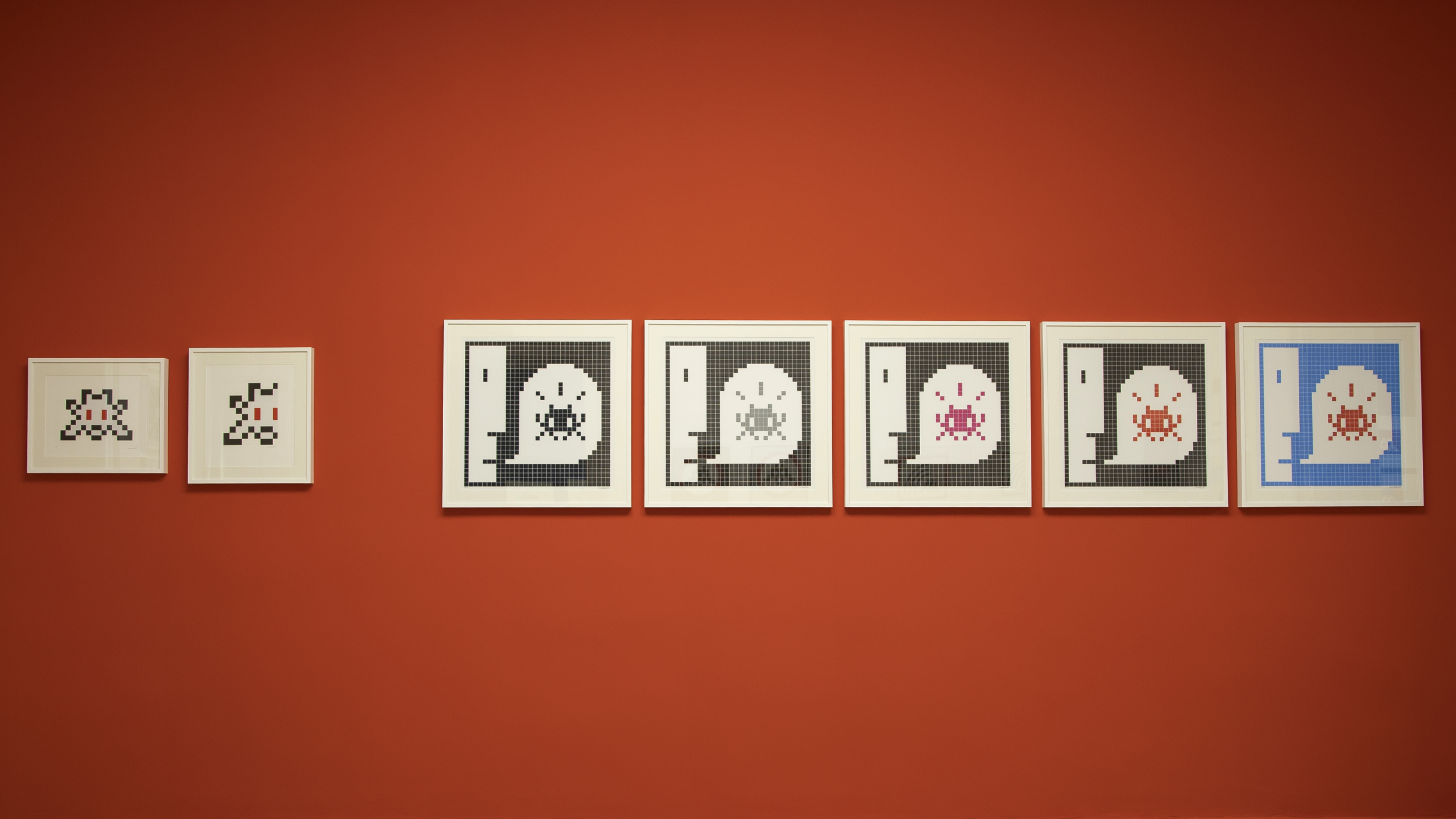International Centre of Graphic Arts - Tivoli Mansion
Pod turnom 3
1000 Ljubljana
Slovenija
The 33rd Biennial of Graphic Arts is pleased to announce that the 33rd Biennial of Graphic Arts will be curated by Slavs and Tatars. The 32nd edition entitled Birth as Criterion, which avoided the central selector role of the curator and instead created an automatic chain mechanism in which the choice was left entirely to artists, should not be seen as negligible. Slavs and Tatars were one of the participating artists and as such, Birth as Criterion influenced the concept of the subsequent Biennial in a specific manner.
Since its founding in 1955, the Ljubljana Biennial of Graphic Arts has undergone numerous transformations in structure and content, also reflecting the foreign policy interests of the former Yugoslavia during that period. As a trademark of the openness of the Yugoslav foreign policy, it invariably acted as an ideological machine, but its nobler purposes should not be underestimated: as a meeting place for art, a window into the world, and the myth and dreams of artists outside Western Europe and the USA.
MGLC is proud to have Slavs and Tatars curate the next edition of the Ljubljana Biennial of Graphic Arts. The collective's extensive editorial output, complex use of visual language and voracious research practice makes them a particularly resonant fit with the history of the Biennial and its contemporary role. The location of the Biennial, due to run from June to September 2019, has also been chosen in a similar way. It is installed into the factory architecture of the 19th century known as Cukrarna, a sugar factory with great importance in its time. This former industrial building, which was a generator of technological modernity in its heyday, now opens up to contemporary art.
Slavs and Tatars is an internationally renowned art collective devoted to an area East of the former Berlin Wall and West of the Great Wall of China known as Eurasia. Since its inception in 2006, the collective has shown a keen grasp of polemical issues in society, clearing new paths for contemporary discourse via a wholly idiosyncratic form of knowledge production: including popular culture, spiritual and esoteric traditions, oral histories, modern myths, as well as scholarly research. The collective's practice is based on three activities: exhibitions, publications and lecture-performances. Their work has been the subject of solo exhibitions at the Museum of Modern Art, NY; Salt, Istanbul; Vienna Secession, Kunsthalle Zurich and Ujazdowski Centre for Contemporary Art, Warsaw, among others. Slavs and Tatars has published ten books to date, including Wripped Scripped (Hatje Cantz, 2018) on language politics; Friendship of Nations (2nd edition, Book Works, 2017) on the unlikely rapport between Iran and Poland between the 17th and 21st centuries, as well as Molla Nasreddin (currently in its 2nd edition with I.B Tauris, 2017), a translation of the legendary Azerbaijani satirical periodical. Their focus on Eurasia challenges our often times one-dimensional way of seeing relationships between science, religion, power and identity.
For their curatorial début, Slavs and Tatars intend to re-engage with the origins of the Ljubljana Biennial of Graphic Arts. "After a thaw in the idea of medium-specificity over the last 20 odd years, we would like to refocus on 'the graphic' today, both in a literal but also strategic sense. In an age of mashed up futures and scrambled pasts, the role of the graphic in public discourses and polemics seems particuarly relevant today."
From Biennial to Biennial, a discursive program, will take place in Ljubljana between November 27 and December 1, 2018. In addition to the launch of two publications—the catalogue of the 32nd edition, Birth as Criterion and Alejandra Pizarnik’s The Nocturnal Singer, the symposium will consider the transformations in exhibition protocols of biennials as privileged anchors of contemporary art, as well as release the program and artist list for the 33rd edition.











